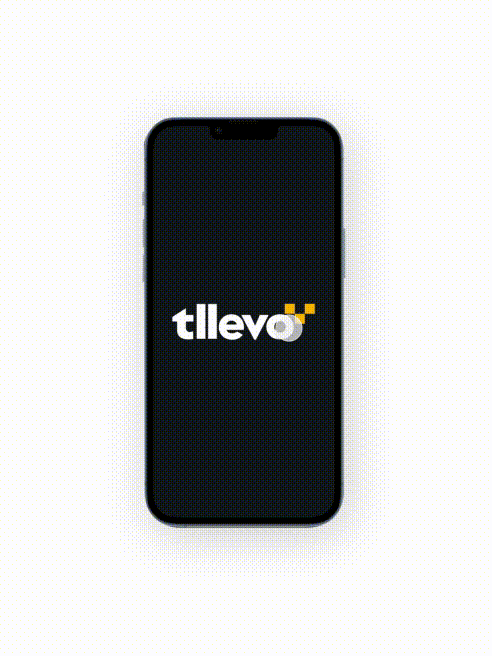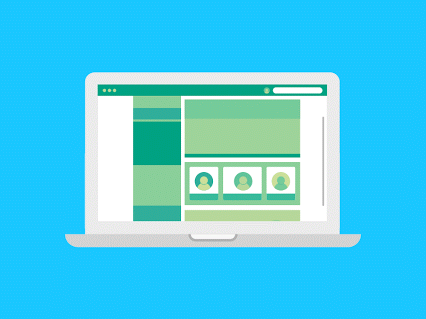Creating a professional and visually appealing website without knowing how to code is more achievable than ever, thanks to various tools and platforms. This guide will walk you through the essential steps and tools for designing a website without writing a single line of code.
Why Choose No-Code Web Design?
Accessibility for All
No-code web design democratizes website creation, allowing anyone with basic computer skills to build and manage a website. This is particularly beneficial for small business owners, entrepreneurs, and hobbyists who want to establish an online presence without hiring a developer.
Cost-Effective Solutions
Hiring a web developer can be costly. No-code platforms often offer affordable plans that include hosting, templates, and customer support. This makes it easier to manage your budget while still getting a high-quality website.

Best No-Code Web Design Tools
WordPress with Elementor
WordPress is a popular content management system (CMS) that becomes even more powerful when paired with the Elementor plugin. Elementor is a drag-and-drop page builder that allows you to design your website visually.
Wix
Wix is an all-in-one website builder that offers a wide range of templates and an intuitive drag-and-drop interface. It’s ideal for beginners who want to get a site up and running quickly.
Squarespace
Squarespace provides beautifully designed templates and a user-friendly interface. It’s perfect for creatives looking to showcase their portfolios, photographers, and small business owners.
Steps to Design a Website Without Coding
1. Choose the Right Platform
Select a no-code platform that suits your needs. Consider factors like ease of use, customization options, and cost. Wix, Squarespace, and WordPress with Elementor are all excellent choices.
2. Pick a Template
Most no-code platforms offer a variety of templates tailored to different industries. Choose a template that closely matches your vision. This will serve as the foundation of your design.
3. Customize Your Design
Use the drag-and-drop features to customize your template. Adjust colors, fonts, and layouts to match your brand identity. Most platforms also allow you to add elements like images, videos, and contact forms.
4. Add Content
Create and upload your content, including text, images, and videos. Ensure your content is engaging and relevant to your audience. Utilize headings and subheadings for better SEO.
5. Optimize for Mobile
Ensure your website is mobile-friendly. Most no-code platforms offer responsive design features that automatically adjust your site’s layout for different devices.
6. Test and Launch
Before launching, test your website on multiple devices and browsers to ensure it functions correctly. Once you’re satisfied, publish your site and start promoting it.
SEO Best Practices for No-Code Websites
Keyword Research
Identify relevant keywords for your industry and incorporate them into your content, headings, and meta descriptions. Tools like Google Keyword Planner can help with this.
On-Page SEO
Ensure each page has a unique title tag and meta description. Use alt text for images and include internal links to other pages on your site.
Fast Loading Times
Optimize images and use a reliable hosting provider to ensure your site loads quickly. Fast loading times improve user experience and boost your SEO ranking.
Quality Content
Regularly update your website with high-quality content. Blogging is a great way to keep your site fresh and attract visitors. Focus on providing value to your audience.
Conclusion
Designing a website without coding is not only possible but also practical with today’s no-code platforms. By following the steps outlined in this guide and adhering to SEO best practices, you can create a stunning, functional website that ranks well in search engines. Whether you choose WordPress with Elementor, Wix, or Squarespace, the key is to start with a solid plan and continuously optimize your site for the best results.




